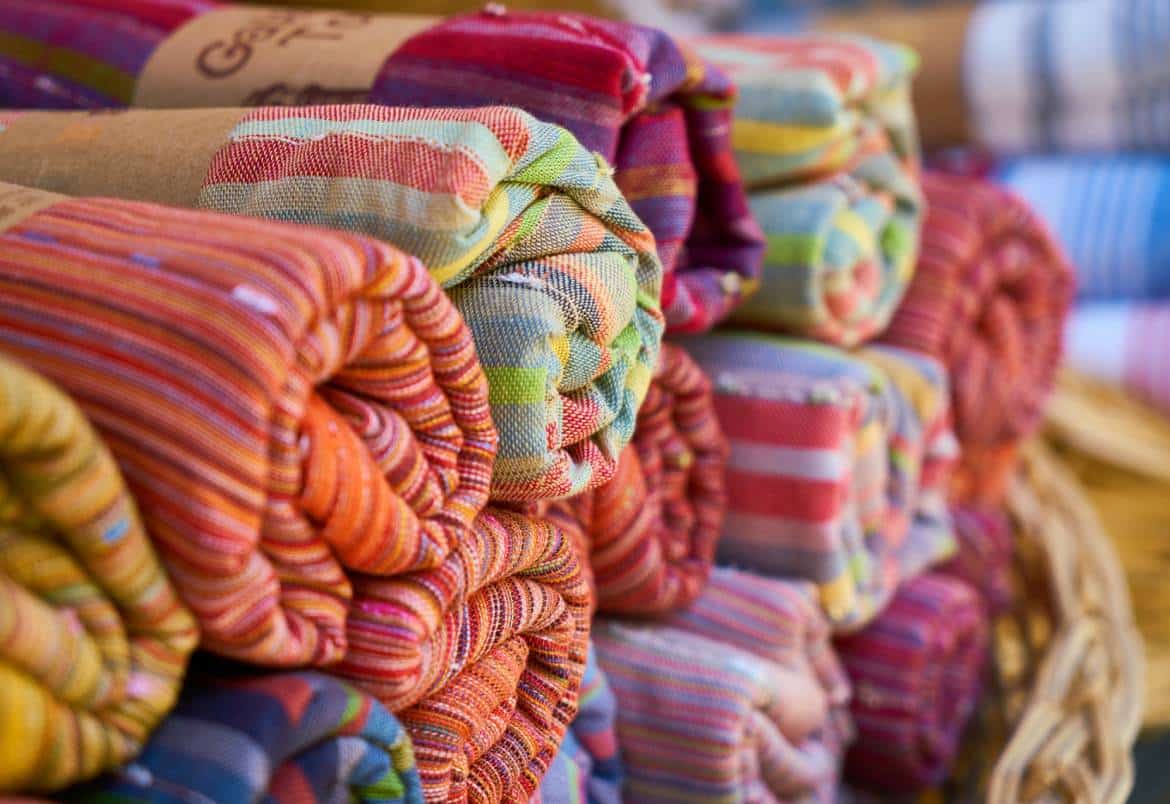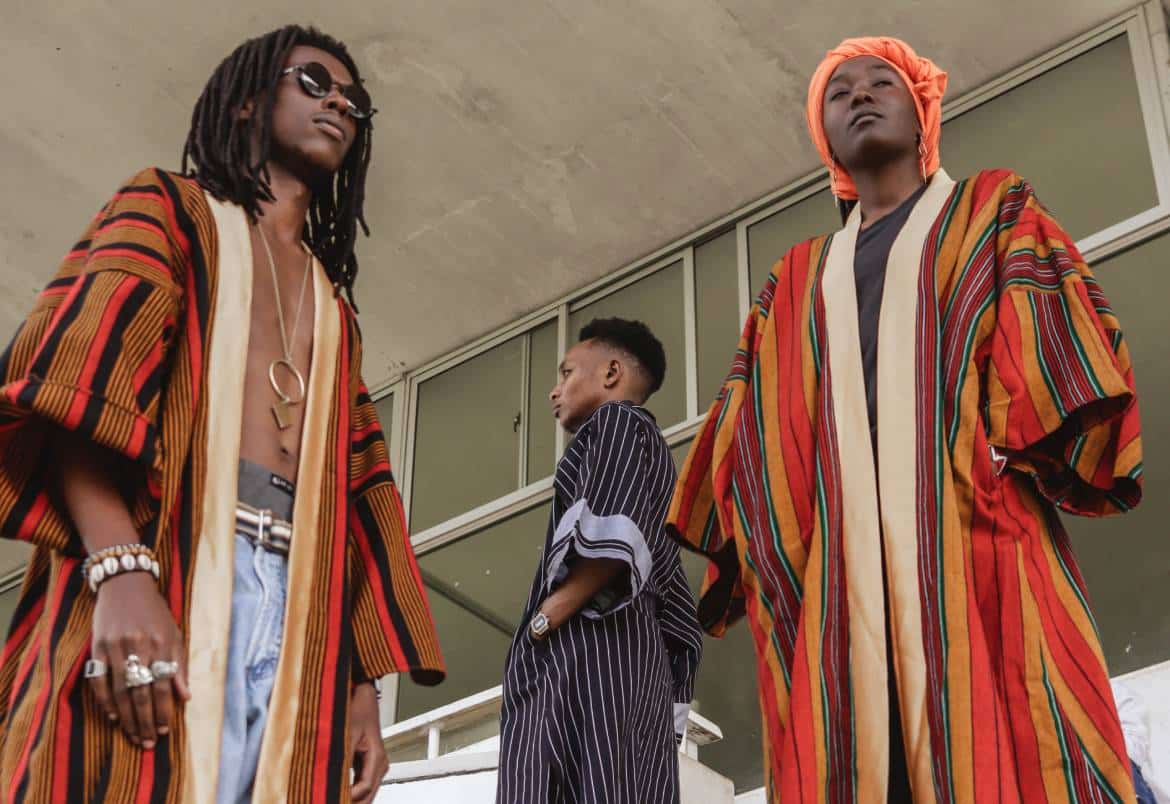Kikoy fabric is more than just a vibrant piece of cloth—it carries a rich history, cultural significance, and a unique craftsmanship that has captivated people across the world. Originating from the East African coast, Kikoy (also spelled Kikois) is a symbol of tradition, versatility, and fashion. But what exactly is Kikoy fabric, and how did it become such an iconic textile?
The Origins of Kikoy Fabric
Kikoy fabric traces its roots back to the Swahili coast of East Africa, particularly in Kenya and Tanzania. The word “Kikoy” comes from the Swahili language, meaning “wrap” or “sarong,” as it was traditionally worn by men as a wraparound garment. However, its origins are deeply intertwined with trade and cultural exchange.
Historically, Arab and Indian traders brought fine cotton fabrics to the coastal regions of Africa, inspiring the development of Kikoy weaving. Local artisans began incorporating their own designs and colors, leading to the distinctive striped patterns and bright hues that define Kikoy fabric today.
The Craftsmanship Behind Kikoy
Kikoy is traditionally made from 100% pure cotton, making it soft, breathable, and highly durable. The process of making Kikoy involves:
- Cotton Selection – High-quality cotton is sourced, often from local farms.
- Dyeing – The cotton threads are dyed in bold and vibrant colors.
- Weaving – Using handlooms or mechanized looms, artisans weave intricate striped patterns into the fabric.
- Finishing Touches – Some Kikoys come with hand-knotted fringes, extra softening treatments, or even added fleece lining for warmth.
The handmade nature of many Kikoy fabrics makes each piece unique, with slight variations that add to its authenticity.
Cultural and Modern-Day Uses of Kikoy
Originally, Kikoy was a staple for men in coastal East Africa, worn as a sarong-like wrap. However, its use has evolved significantly over the years. Today, Kikoy fabric is used in a variety of ways:
- Clothing – From scarves to dresses, shorts, and shirts, Kikoy fabric has been adapted into modern fashion.
- Home Décor – Tablecloths, cushion covers, and curtains made from Kikoy add a splash of color to interiors.
- Beachwear – Kikoy is a popular choice for beach wraps, towels, and picnic blankets due to its lightweight and quick-drying properties.
- Accessories – Bags, headbands, and even shoes are being crafted from Kikoy fabric, embracing its colorful appeal.
Why Kikoy Fabric Stands Out
What makes Kikoy special is its combination of heritage, quality, and versatility. The striking colors and patterns make it instantly recognizable, while its soft and durable nature ensures long-lasting use. It embodies the spirit of East African culture while seamlessly fitting into contemporary fashion and lifestyle trends.
Moreover, the production of Kikoy fabric supports local artisans and communities, preserving traditional weaving techniques and creating sustainable livelihoods.
Conclusion
Kikoy fabric is more than just a textile—it’s a cultural emblem, a fashion statement, and a testament to skilled craftsmanship. Whether worn as a wrap, used as home décor, or fashioned into accessories, Kikoy continues to celebrate East African heritage while making a global impact.
So next time you see a Kikoy, remember the rich story woven into its threads!

